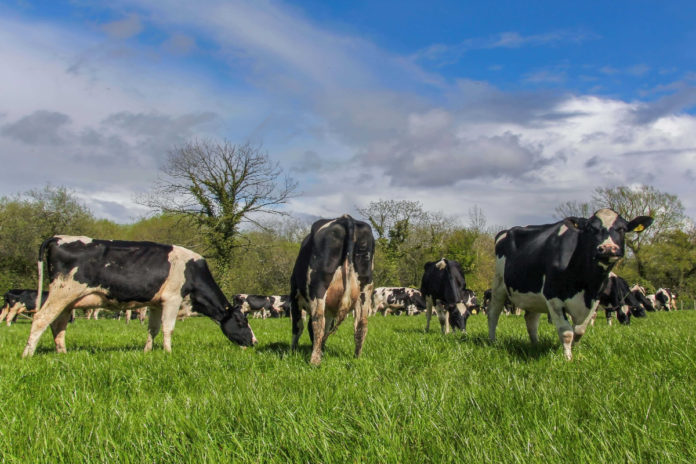With the evenings closing in, it’s coming to that time of year when dairy farmers will soon be drying off early calved cows, first calved heifers and possibly cows in poor BCS, writes Kevin O’Hara, education officer, Teagasc Ballinrobe.
This dry cow period is critical to the cow’s survival in the herd and subsequent lactations going forward.
A dry period is recommended for three reasons:
- Replenish body reserves (allowing cows to build-up for the next lactation);
- Regenerate mammary tissues;
- Optimise the benefits of hormonal changes that occur around the time of parturition/ calving.
€350-€400/head
Currently, a 42-day dry period is the minimum recommended. Many farmers are opting for 60 days for spring-calving cows with longer required if cows are in poor condition pre-drying off.
Cows, which are continuously milked or are not given adequate time between drying off and calving, can produce between 20 and 25% less milk in the subsequent lactation than cows that received an adequate dry period.
With these figures, we can estimate that this will cost the farmer in the region of €350 – €400 per head in lost milk sales at today’s milk price for an average production herd.
Methods
There is a range of methods for drying-off cows with an increasing push towards selective dry cow therapy.
This is due to new European legislation which will take effect from January 28th, 2022. This will mean that farmers will no longer be allowed to administer dry cow tubes to all quarters of all the cows in the herd (blanket dry cow therapy).
This means only sealers will be allowed to be used on the whole herd. A mix of dry cow tubes and sealers can be used on the high-risk cows.
It should be noted the push towards this is in relation to anti-microbial resistance. This is becoming a major issue in the agricultural industry due to overuse of antibiotics.
Key points to a successful selective dry cow therapy plan for a typical dairy farm.
- SCC has been consistently below 200,000 over the year.
- Incidents of mastitis in dry cows is below 10% in previous years.
- High levels of hygiene must be achieved at drying off and throughout the dry cow period.
- Regular milk recording with at least 1 recording a month prior to drying off. Also, mid-way through calving (week 3-4 to pick up cows which may have become infected over the dry period)
- A good working relationship with your veterinary practitioner who can advise for your specific herd, this may include a culture and sensitivity analysis.
- Only select cows with an SCC below 100,000 throughout the lactation and with no history of clinical mastitis. Any cow above this threshold should be dried off using teat sealant and an antibiotic tube as per normal.
Prepare
Furthermore, it is crucial for farmers to prepare for this forthcoming legislation. This may be a good year for farms to try selective dry cow therapy on a small proportion of the herd with guidance from their veterinary practitioner, co-op, or agricultural advisor.
For more information on the subject contact your local Teagasc dairy advisor, Animal Health Ireland, or local veterinary practitioner.





